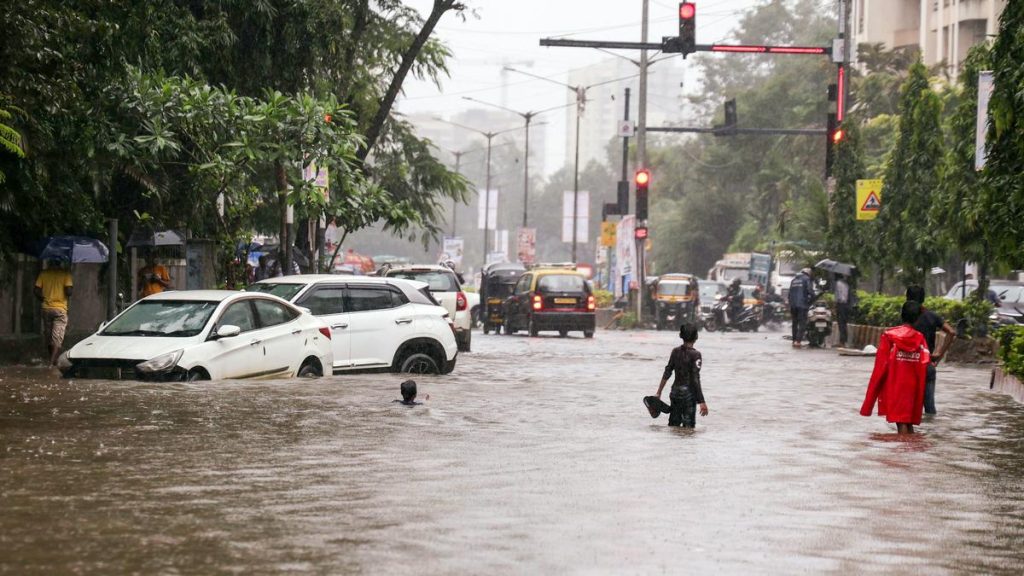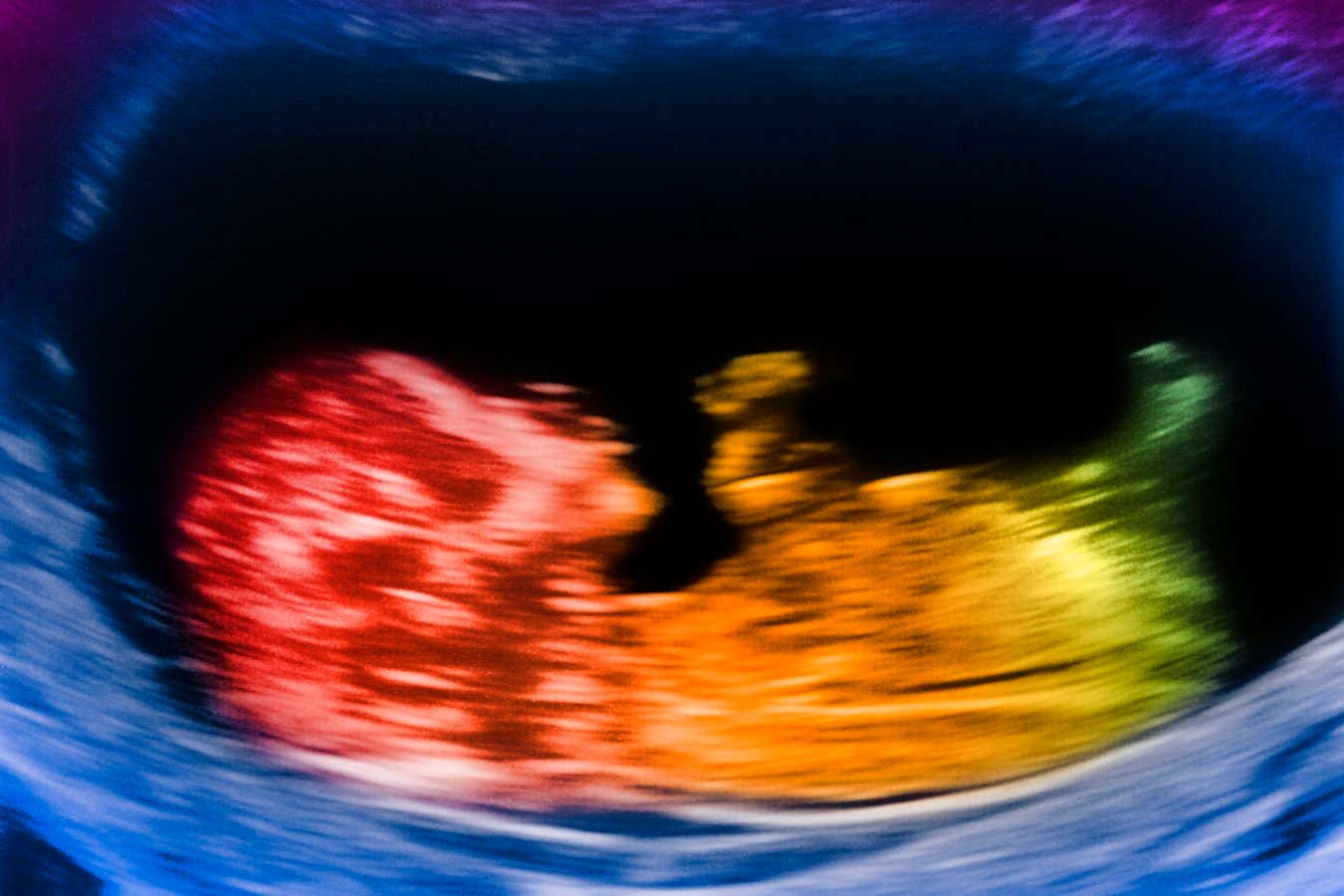Now Reading: Defunct NASA Satellite Surprises with Sudden Radio Signal
1
-
01
Defunct NASA Satellite Surprises with Sudden Radio Signal
Defunct NASA Satellite Surprises with Sudden Radio Signal

Quick Summary
- NASA’s Relay 2 satellite, launched in 1964 as an experimental communications device, was deemed non-functional by 1967.
- On June 13 last year, astronomers detected a powerful burst of radio waves from the satellite’s location nearly 60 years after its deactivation.
- The Australian Square Kilometre Array Pathfinder (ASKAP) identified the signal while scanning for fast radio bursts from other galaxies but found it originated within Earth’s vicinity (~20,000 km).
- The pulse lasted less than 30 nanoseconds and briefly outshone every other object in the sky.
- Researchers theorized that an electrostatic discharge or micrometeorite strike causing charged plasma could explain the event.
- Karen Aplin of the University of Bristol suggests monitoring future electrostatic discharges could help evaluate space debris and small satellites.
!campaign=RSS%7CNSNS&utmsource=NSNS&utmmedium=RSS&utm_content=home”>Read More
Indian Opinion Analysis
This unexpected burst from NASA’s inactive Relay 2 satellite underscores notable challenges related to space debris management and aging orbital equipment. From India’s perspective as a rapidly evolving space power with ambitious missions like Gaganyaan and its increasing reliance on satellites for communication,navigation,and research,this event highlights two significant areas:
- Impact of Space Debris: As india invests in low-cost and widely deployed satellites under ISRO’s programs or private ventures like OneWeb-backed Bharti Airtel initiatives,understanding phenomena like electrostatic discharges could pave new ways to safeguard orbital infrastructure.
- Exponential Growth in Monitoring Capabilities: With vital collaborations on projects such as NISAR (with NASA) and growth efforts around India’s own radar telescopes for advanced space observations, leveraging data on rare occurrences like these further solidifies India’s position at global forums addressing enduring practices in outer space operations.
Stay Informed With the Latest & Most Important News
Previous Post
Next Post
Loading Next Post...


























